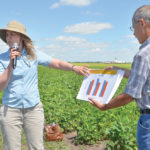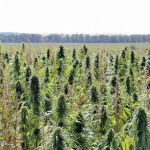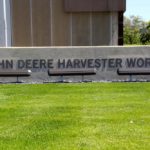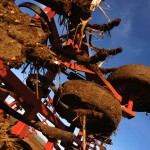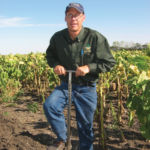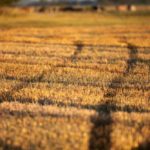The rate of degradation of soils in Canada has slowed, but it still is happening at a significant rate and there is still a lot to learn. There are no soil-perfect systems yet for crop production, attendees at the Summit on Canadian Soil Health held recently in Guelph heard repeatedly. No-till farming has declined in




